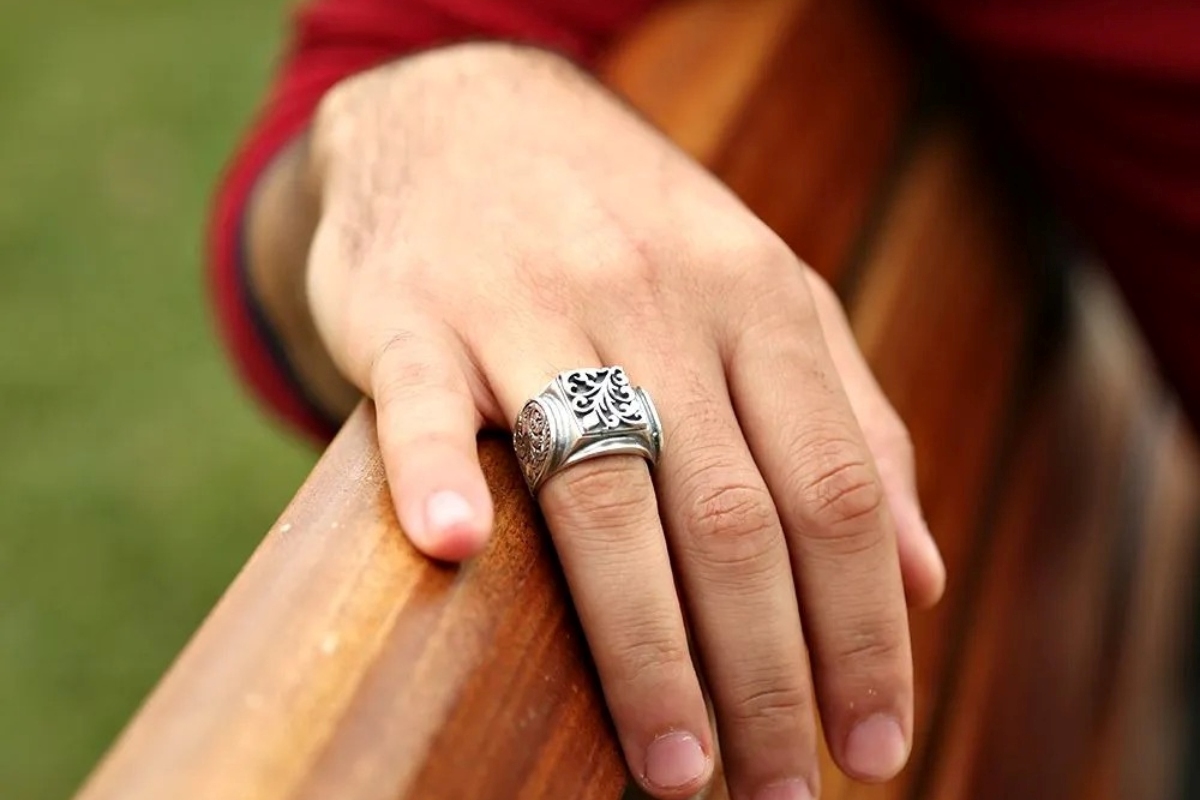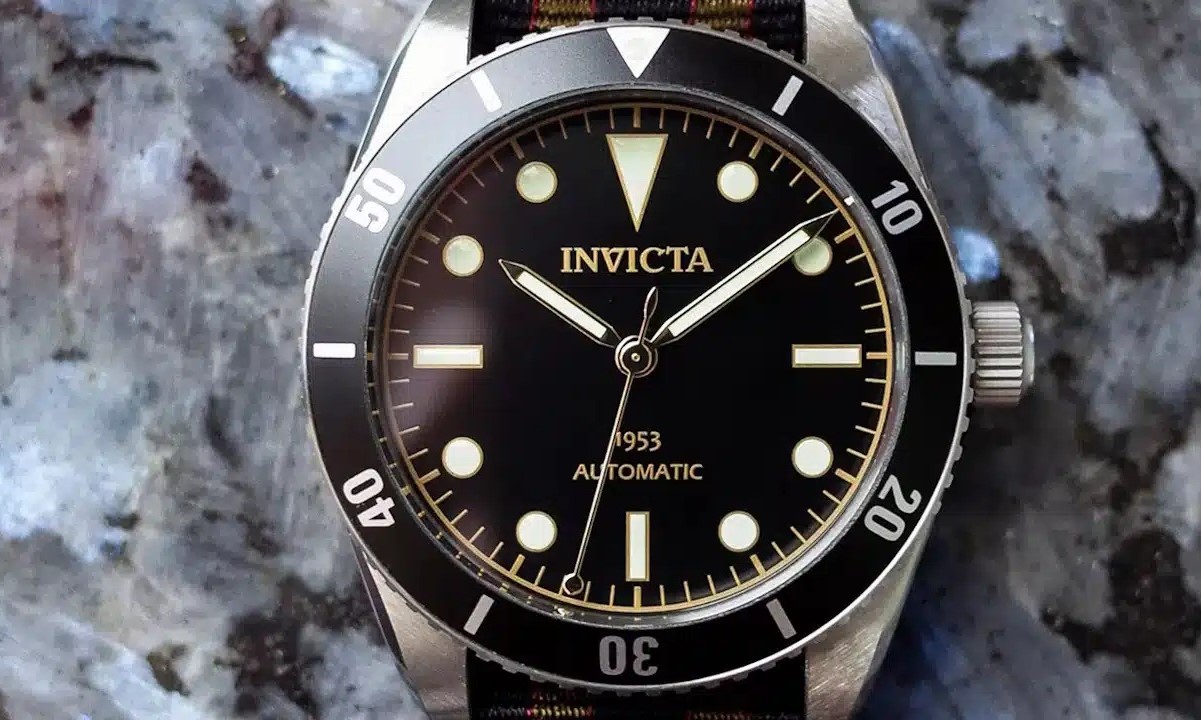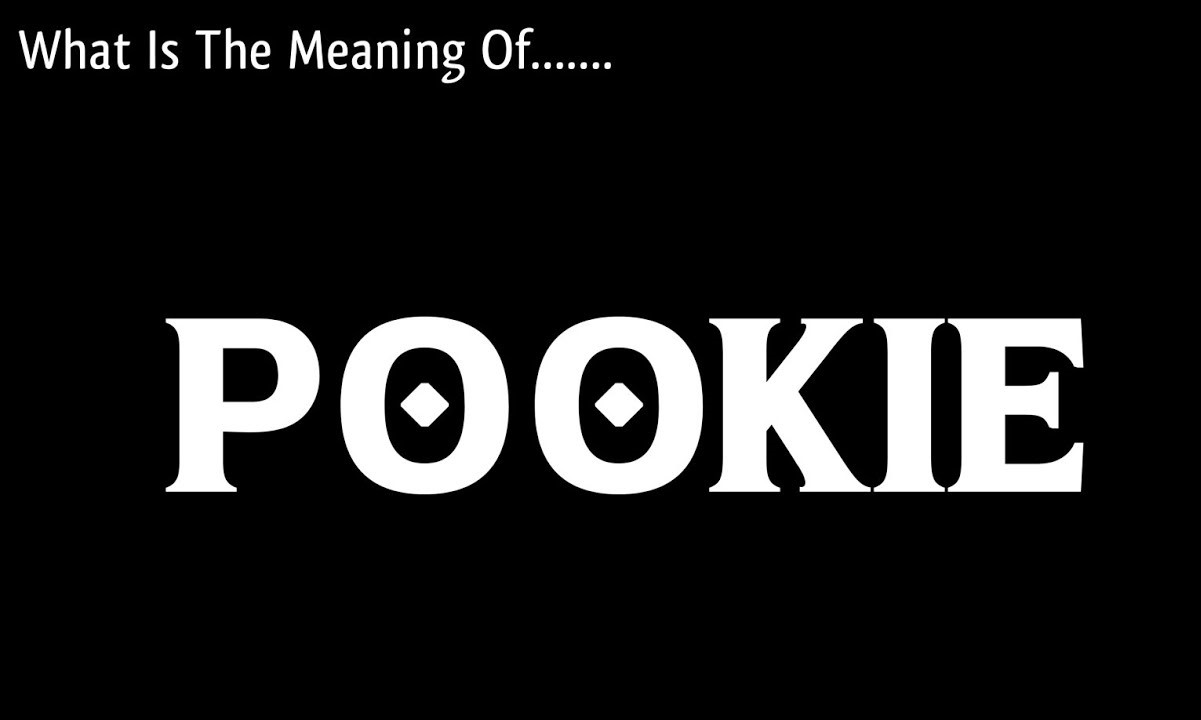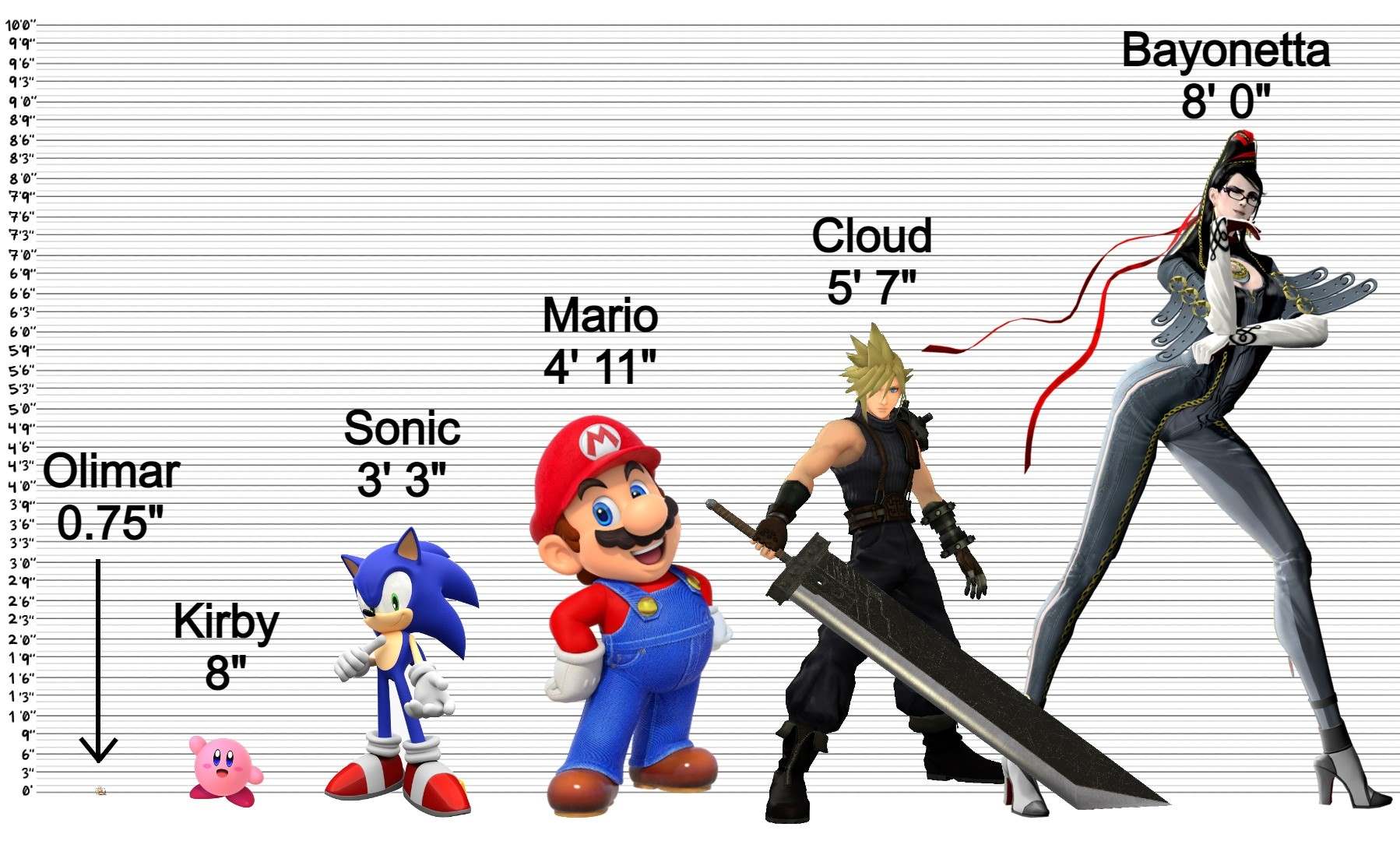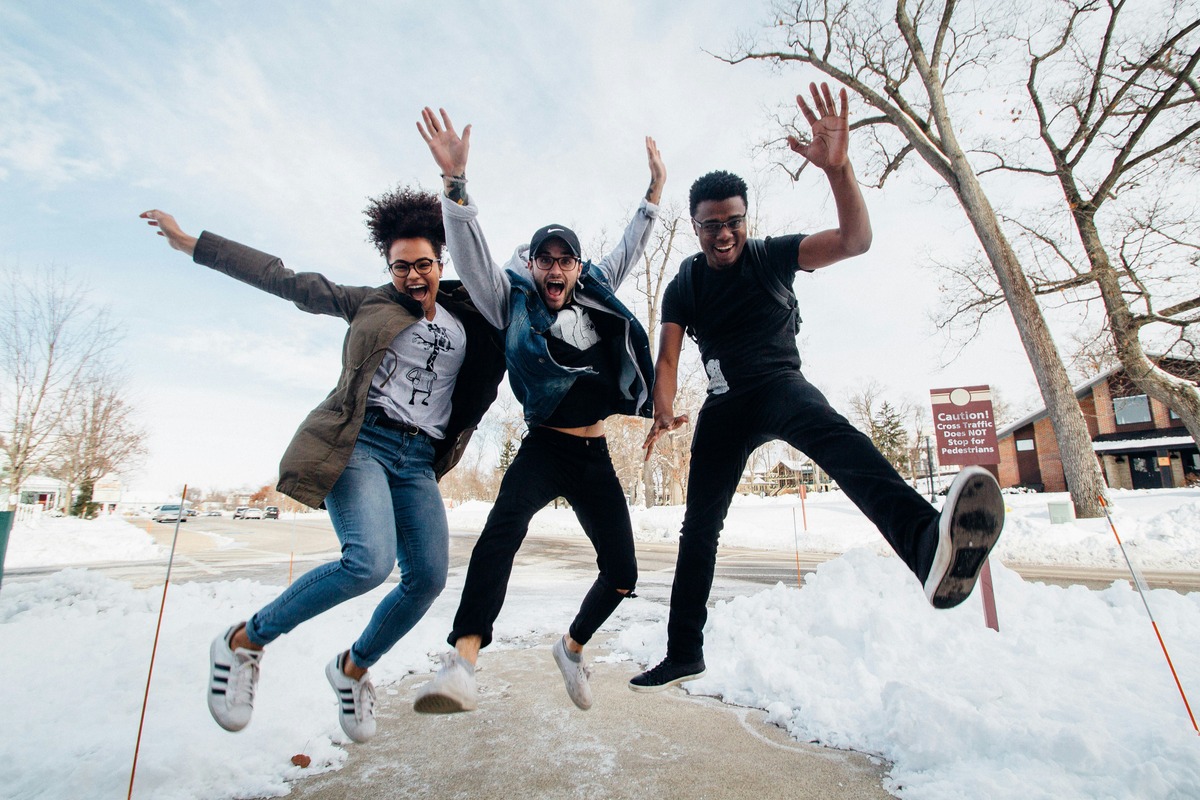Home>Lifestyle>The Surprising Place Where Men Call Each Other ‘Brah’ Instead Of ‘Bro’
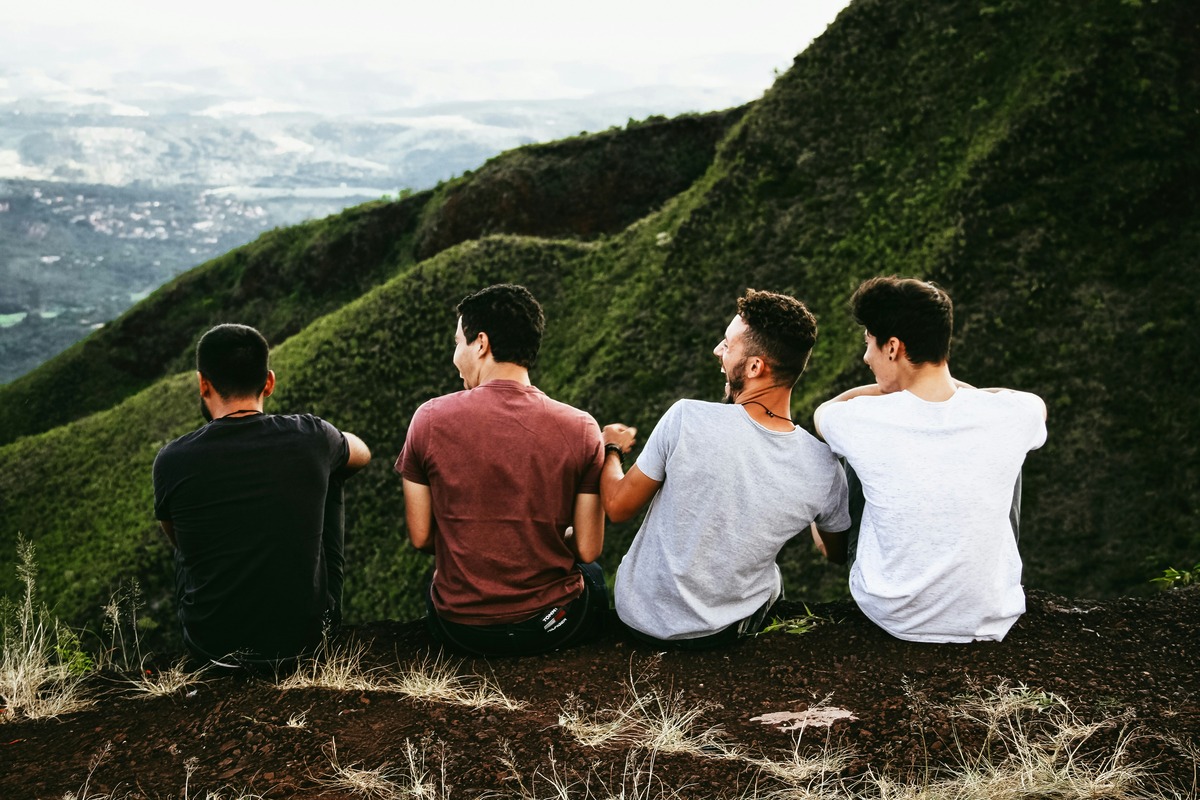

Lifestyle
The Surprising Place Where Men Call Each Other ‘Brah’ Instead Of ‘Bro’
Published: January 31, 2024
Discover the unexpected location where men affectionately refer to each other as 'brah' in this intriguing lifestyle piece. Uncover the unique culture of male camaraderie in this surprising environment.
(Many of the links in this article redirect to a specific reviewed product. Your purchase of these products through affiliate links helps to generate commission for Noodls.com, at no extra cost. Learn more)
Table of Contents
Introduction
Picture a group of men gathered around a beach bonfire, the sound of crashing waves in the background, and the air infused with the scent of saltwater and sunscreen. In this idyllic setting, you might expect to hear the familiar "bro" tossed around in casual conversation. However, in a surprising twist, these men are more likely to refer to each other as "brah" – a term that carries a unique cultural significance and is deeply ingrained in the fabric of a specific community.
The use of "brah" as a term of address among men may seem unexpected to those unfamiliar with its origins and cultural context. While "bro" has become a ubiquitous part of male communication in many circles, "brah" has carved out its own niche in a distinct subculture, offering a glimpse into the diverse and nuanced ways in which language evolves and reflects social dynamics.
As we delve into the world where "brah" reigns supreme, we'll uncover the rich history and cultural significance behind this seemingly simple term. From its origins to its contemporary usage, the story of "brah" offers a fascinating lens through which to explore the evolution of male communication and the intricate tapestry of human interaction. Join us on a journey to unravel the unexpected allure of "brah" and gain insight into the vibrant subculture where men call each other "brah" instead of "bro."
The Origin of "Brah"
The term "brah" traces its roots to the vibrant tapestry of Hawaiian pidgin, a unique linguistic blend that emerged in the sugarcane plantations of Hawaii during the late 19th and early 20th centuries. Derived from the English word "brother," "brah" embodies the cultural fusion that characterized the plantation era, reflecting the diverse influences of Hawaiian, English, Portuguese, Chinese, and Japanese languages.
In this melting pot of cultures and languages, the term "brah" transcended its literal translation to symbolize a sense of camaraderie, kinship, and mutual respect among the plantation workers. It served as a unifying linguistic thread, bridging the communication gaps and forging a shared identity among individuals from different cultural backgrounds.
As the plantation era unfolded, "brah" became deeply intertwined with the fabric of Hawaiian culture, evolving into a cherished expression of aloha spirit and ohana (family) values. Its usage extended beyond familial contexts, permeating social interactions and reinforcing a sense of community among the inhabitants of the islands.
Over time, "brah" transcended the geographical confines of Hawaii, resonating with surf and beach cultures around the world. Embraced by surfers and beachgoers, the term embodied the laid-back, inclusive ethos of these communities, fostering a sense of belonging and camaraderie among individuals who shared a passion for the ocean and its waves.
The evolution of "brah" reflects the dynamic interplay between language, culture, and human connection. What began as a pragmatic means of communication among plantation workers blossomed into a symbol of unity, friendship, and shared experiences. Today, the legacy of "brah" endures as a testament to the enduring power of language to shape and express the intricacies of human relationships and cultural identity.
The journey of "brah" from the sugarcane fields of Hawaii to the shores of distant beaches exemplifies the remarkable ability of language to transcend boundaries and resonate across diverse communities. Its origins serve as a poignant reminder of the profound impact of historical and cultural contexts on the evolution of language, illuminating the intricate interplay between words and the social tapestry they adorn.
The Cultural Significance
The term "brah" carries profound cultural significance, serving as more than just a casual form of address. It encapsulates a sense of belonging, camaraderie, and shared experiences within the tight-knit communities where it thrives. Rooted in the ethos of inclusivity and mutual respect, "brah" embodies the spirit of aloha, a cherished Hawaiian value that extends beyond its literal translation of "hello" and "goodbye" to encompass a deep sense of love, compassion, and unity.
Within the context of surf and beach cultures, "brah" transcends linguistic boundaries to foster a profound sense of connection among individuals who share a passion for the ocean and its waves. It symbolizes the unspoken bond that unites surfers and beachgoers, creating a collective identity that transcends individual differences. Whether catching waves or basking in the sun, the use of "brah" reinforces the notion of a shared community, where everyone is welcomed with open arms and embraced as part of the extended ohana, or family.
Furthermore, the cultural significance of "brah" extends beyond its linguistic function, permeating social interactions with an undercurrent of warmth and acceptance. It serves as a verbal affirmation of solidarity, acknowledging the inherent bond that unites individuals within a specific subculture. The use of "brah" reflects a mutual understanding and respect, affirming the interconnectedness of those who embrace its significance.
In essence, the cultural significance of "brah" lies in its ability to encapsulate the intangible aspects of human connection and community. It transcends mere language to embody a shared ethos, a way of life, and a testament to the enduring power of camaraderie. Through its usage, "brah" breathes life into the values of inclusivity, mutual respect, and the celebration of shared experiences, enriching the fabric of the communities where it resonates.
The enduring cultural significance of "brah" serves as a testament to the resilience of language as a vessel for expressing the intricacies of human relationships and the values that bind communities together. Its resonance within specific subcultures underscores the profound impact of language in shaping social dynamics and fostering a sense of belonging that transcends linguistic boundaries.
The Use of "Brah" in Different Settings
The versatile nature of the term "brah" extends beyond its linguistic origins, permeating diverse settings with its unique cultural resonance. Within the vibrant tapestry of surf and beach cultures, "brah" serves as a ubiquitous form of address, encapsulating the spirit of camaraderie and inclusivity that defines these communities. Whether exchanged between surfers preparing to catch the next wave or among beachgoers soaking in the sun, "brah" embodies a sense of shared experiences and mutual respect, fostering a welcoming environment where individuals come together as part of a larger, interconnected community.
In the realm of surf culture, "brah" transcends its linguistic function to become a symbol of kinship and understanding. It signifies a shared passion for the ocean and its waves, uniting individuals in their pursuit of the perfect swell. From dawn patrol sessions to sunset gatherings, "brah" weaves its way into the fabric of surf culture, reinforcing the notion of a tight-knit community bound by a common love for the sea. Whether uttered in the lineup or during post-surf conversations, "brah" encapsulates the unspoken bond that unites surfers, creating a sense of belonging that transcends the act of riding waves.
Beyond the shores, "brah" finds its place in casual interactions, infusing everyday conversations with a touch of warmth and familiarity. Whether shared among friends catching up on the beach or within the laid-back ambiance of coastal hangouts, "brah" effortlessly bridges the gap between individuals, fostering an atmosphere of genuine connection and mutual understanding. Its usage extends beyond mere camaraderie, embodying a spirit of inclusivity that welcomes newcomers and old friends alike into the fold of the beach community.
In the context of beach culture, "brah" becomes a unifying force, symbolizing the shared enjoyment of sun, sand, and sea. It reverberates through beach volleyball games, barbecues, and sunset gatherings, punctuating the air with a sense of conviviality and shared experiences. Whether spoken in passing or as a heartfelt greeting, "brah" infuses these settings with an undercurrent of camaraderie, reinforcing the notion that everyone is embraced as part of the extended beach ohana.
The use of "brah" in different settings underscores its remarkable ability to transcend linguistic boundaries and embody the intangible aspects of human connection. Whether within the context of surf culture or amid the laid-back ambiance of beach communities, "brah" serves as a testament to the enduring power of language to foster inclusivity, camaraderie, and a sense of shared experiences that unite individuals across diverse settings.
The Evolution of Male Communication
The evolution of male communication has been a dynamic and nuanced journey, shaped by cultural influences, social dynamics, and the ever-changing tapestry of human interaction. Within this intricate landscape, the emergence and proliferation of terms such as "brah" offer a compelling lens through which to explore the evolving patterns of male discourse.
At its core, the evolution of male communication reflects the shifting paradigms of masculinity and camaraderie. Traditionally, male interactions have been characterized by unspoken codes of conduct, stoicism, and an emphasis on hierarchical structures. However, as societal norms continue to evolve, so too does the language and modes of expression employed by men in their interactions.
The term "brah" represents a departure from traditional forms of address, signaling a shift towards a more inclusive and egalitarian approach to male communication. It embodies a sense of familiarity, warmth, and mutual respect, fostering an environment where individuals can express camaraderie without the constraints of traditional male stereotypes. This evolution reflects a broader societal trend towards redefining masculinity and embracing a more open and emotionally expressive form of communication among men.
Furthermore, the evolution of male communication, as exemplified by the usage of "brah," underscores the influence of subcultures in shaping linguistic norms. Within surf and beach communities, the term has flourished as a means of fostering a sense of belonging and unity among men who share a passion for the ocean and its waves. It transcends traditional notions of male bonding, embracing a more inclusive and emotionally resonant form of camaraderie that defies conventional expectations.
Moreover, the evolution of male communication through the lens of "brah" highlights the adaptability of language to reflect and respond to changing social dynamics. As men navigate shifting cultural landscapes and redefine the parameters of their interactions, the language they employ serves as a mirror to these transformations. The emergence of "brah" as a prominent form of address among men signifies a departure from rigid conventions, embracing a more fluid and emotionally attuned mode of communication.
In essence, the evolution of male communication, as embodied by the usage of "brah," encapsulates a broader societal shift towards redefining masculinity, fostering inclusivity, and embracing emotionally expressive forms of camaraderie. It reflects the profound impact of cultural influences and subcultural dynamics in shaping the linguistic norms that underpin male interactions, offering a compelling testament to the ever-evolving nature of human communication.
Conclusion
In conclusion, the journey through the world where "brah" reigns as a form of address among men instead of the more commonly known "bro" offers a profound insight into the dynamic interplay between language, culture, and the evolution of male communication. What began as a linguistic expression rooted in the multicultural tapestry of Hawaiian pidgin has blossomed into a symbol of camaraderie, inclusivity, and shared experiences within surf and beach cultures around the world.
The origins of "brah" trace back to the sugarcane plantations of Hawaii, where it served as a unifying thread among workers from diverse cultural backgrounds, reflecting the spirit of aloha and ohana values. Its journey from the plantations to the shores of distant beaches exemplifies the remarkable ability of language to transcend geographical boundaries and resonate across communities, highlighting the enduring impact of historical and cultural contexts on linguistic evolution.
The cultural significance of "brah" extends beyond its linguistic function, embodying a sense of belonging, warmth, and mutual respect within the tight-knit communities where it thrives. It serves as a testament to the enduring power of language to foster inclusivity, camaraderie, and a celebration of shared experiences, enriching the fabric of the communities where it resonates.
Furthermore, the versatile nature of "brah" allows it to permeate diverse settings, infusing everyday conversations with a touch of familiarity and genuine connection. Whether exchanged between surfers in the lineup or among friends soaking in the sun on the beach, "brah" embodies a spirit of inclusivity and mutual understanding, fostering an atmosphere where everyone is welcomed as part of the extended ohana.
The evolution of male communication, as exemplified by the usage of "brah," reflects a broader societal trend towards redefining masculinity, embracing inclusivity, and fostering emotionally expressive forms of camaraderie. It serves as a compelling testament to the adaptability of language to mirror and respond to changing social dynamics, transcending traditional notions of male bonding and embracing a more open and egalitarian approach to male interactions.
In essence, the story of "brah" offers a captivating narrative of linguistic evolution, cultural resonance, and the enduring power of language to shape human relationships. Through its journey from the sugarcane fields of Hawaii to the shores of distant beaches, "brah" stands as a testament to the remarkable ability of language to unite, embrace, and celebrate the diverse tapestry of human connection.

